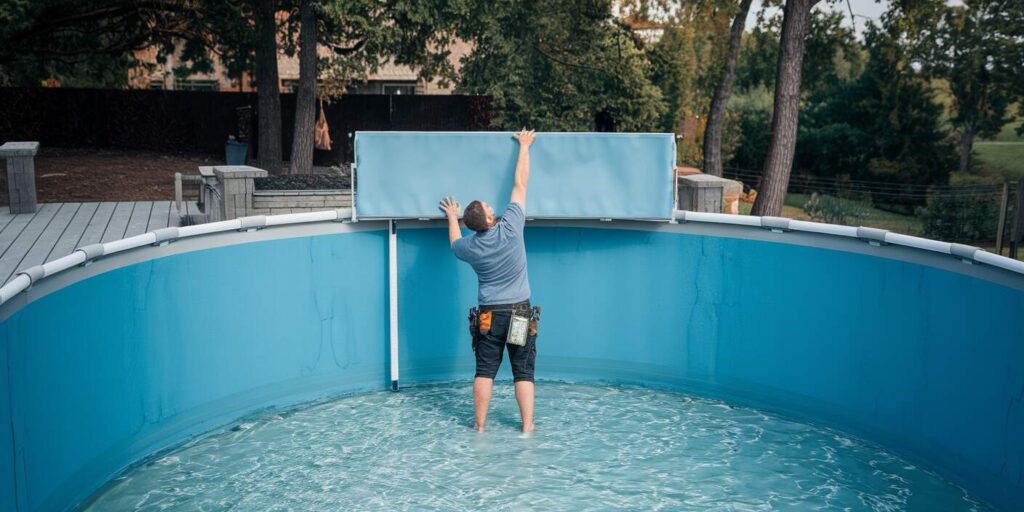Installing a backyard pool is an exciting investment for many homeowners, especially during the hot Ontario summers. Among the available options, vinyl pools remain a popular choice due to their affordability and customizable designs.
When exploring vinyl pools in Toronto, it’s essential for homeowners to understand the local factors, installation process, maintenance requirements, and long-term value to make an informed decision.
Understanding Local Regulations and Permits
Before breaking ground, homeowners must check with the City of Toronto regarding zoning bylaws and pool enclosure requirements. Toronto mandates that any pool capable of holding 24 inches (0.6 meters) of water or more must be enclosed by a fence that meets specific safety criteria.
A permit is typically required for both the pool and the enclosure, and inspections are conducted to ensure compliance. Additionally, utility locates must be arranged before digging to prevent damage to underground lines.
Soil and Site Considerations
Toronto’s varied terrain can impact the complexity of pool installation. Soil composition, grading, and water table levels should be evaluated during the planning stage. A site with high clay content or a shallow water table may require drainage solutions or more robust support structures.
Professional soil analysis can help determine whether any additional preparation is necessary. Homeowners should also consider sun exposure and wind patterns to optimize the pool’s placement for comfort and energy efficiency.
Choosing the Right Vinyl Liner
The liner is the heart of a vinyl pool, so choosing the right material and pattern is critical. Liners come in various thicknesses, typically ranging from 20 to 30 mil. Thicker liners tend to offer better durability and resistance to punctures, which is especially useful in colder climates where freeze-thaw cycles can create stress on the pool walls.
Toronto’s climate requires homeowners to choose liners that are UV-resistant and capable of withstanding seasonal temperature fluctuations.
Installation Timeline and Seasonal Planning
Toronto’s construction season for outdoor projects is generally limited to late spring through early fall. Homeowners should plan their installation timeline accordingly to avoid delays caused by weather or ground frost.
A typical vinyl pool installation takes two to four weeks, but this can vary depending on contractor availability, site conditions, and permit approvals. Booking well in advance is recommended, especially during peak summer months.
Ongoing Maintenance and Winterization
While vinyl pools are known for their low initial cost, maintenance plays a major role in their longevity. Homeowners should be prepared to check chemical levels regularly, clean the liner, and monitor for small tears or leaks.
In Toronto, winterization is crucial—this includes lowering the water level, blowing out the lines, and covering the pool with a durable winter cover. Proper off-season care prevents liner damage and extends the pool’s usable life.
Budget and Long-Term Value
Beyond the upfront cost of installation, homeowners should budget for long-term expenses such as liner replacement every 7 to 10 years, equipment repairs, and annual maintenance supplies.
While vinyl pools offer excellent customization and a relatively quick installation process, considering the full life-cycle cost ensures the investment delivers value over time.
Conclusion
By carefully planning and understanding the specific requirements of their property and climate, homeowners in Toronto can enjoy the benefits of a beautiful, functional vinyl pool for years to come.

